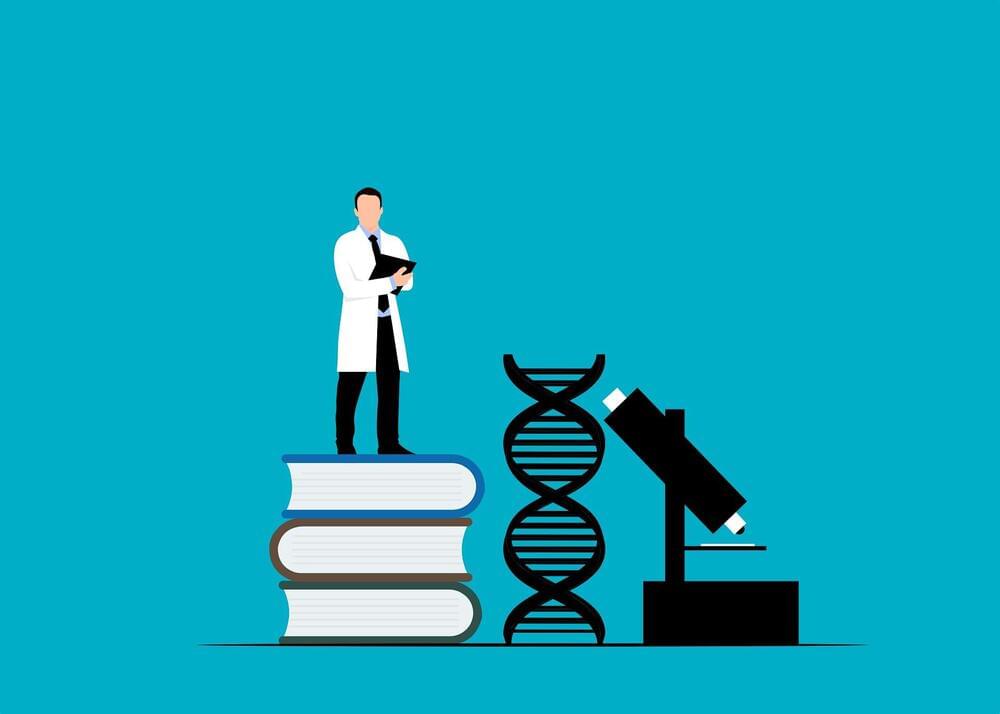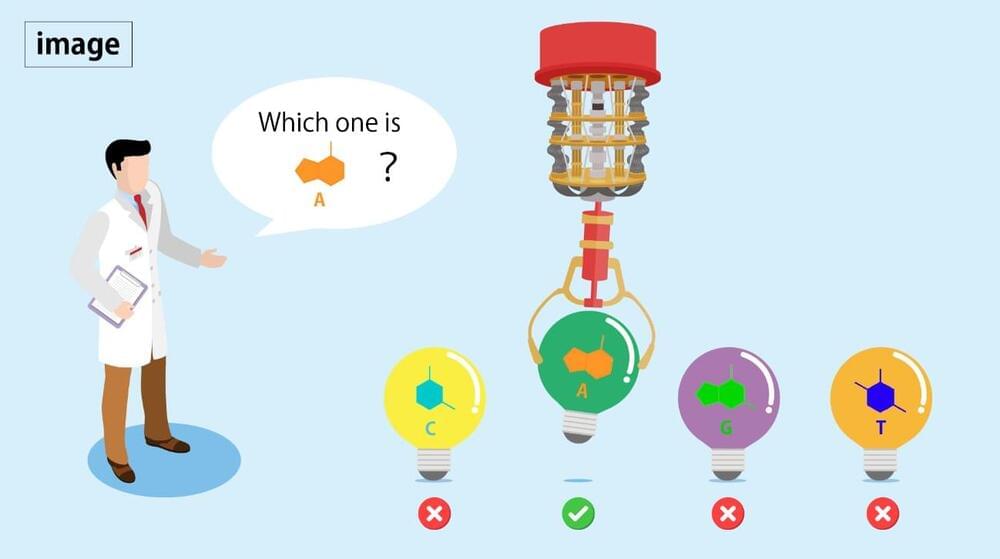There are many microbes in our environment; many are harmless, some perform important functions, and some may pose a threat. Aspergillus fumigatus, for example, is a fungus that can be often be found in soil, as well as decaying organic matter; it has a crucial role in recycling carbon and nitrogen on our planet. A. fumigatus is also widely distributed in the air, so on average, people probably inhale a few hundred spores of A. fumigatus every day. This fungus is highly adaptive, and it can also evade weakened immune defenses in immunocompromised individuals to cause lung infections, called Aspergillosis. There are limited treatment options for this disease, and it’s difficult to treat effectively.
Scientists have now analyzed genetic data from about 250 strains of this fungus, and data from 40 Aspergillosis patients that characterized the lung microbiomes of these individuals. This showed that when people are infected with A. fumigatus, the composition of their lung microbiome begins to change dramatically. The findings have been reported in Nature Communications.






